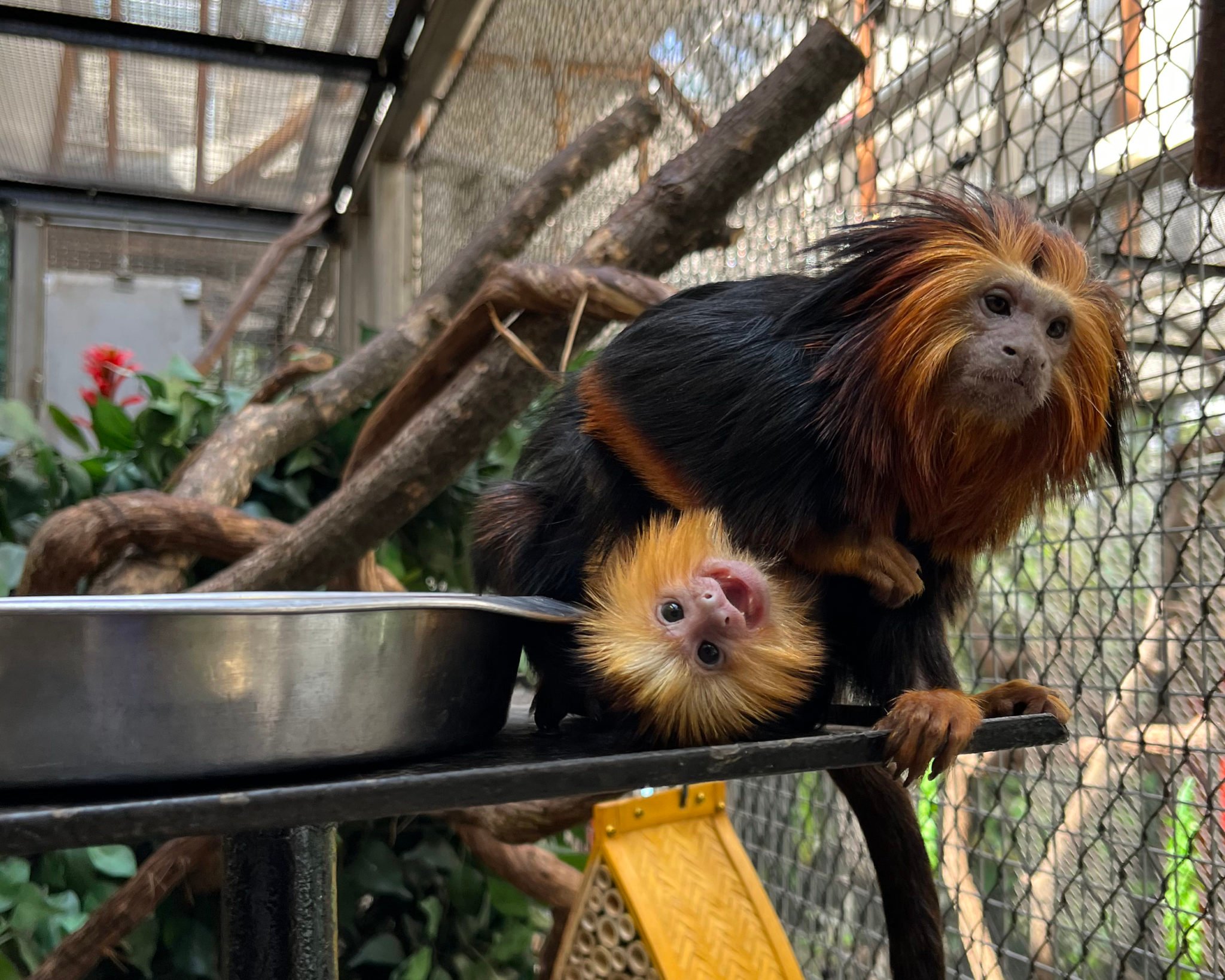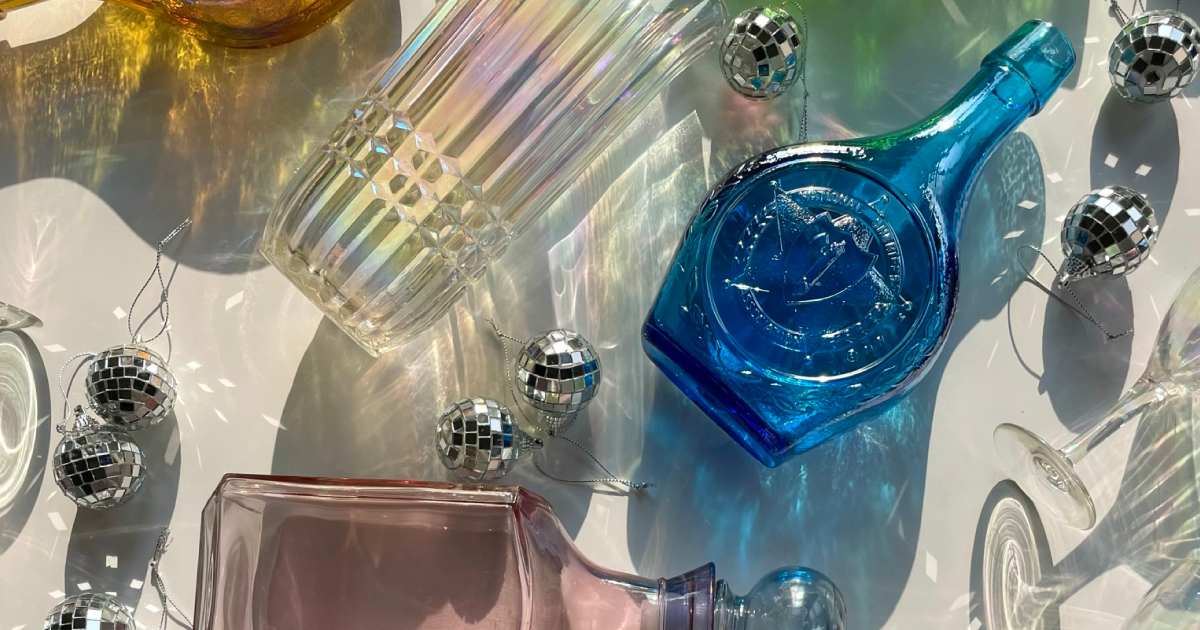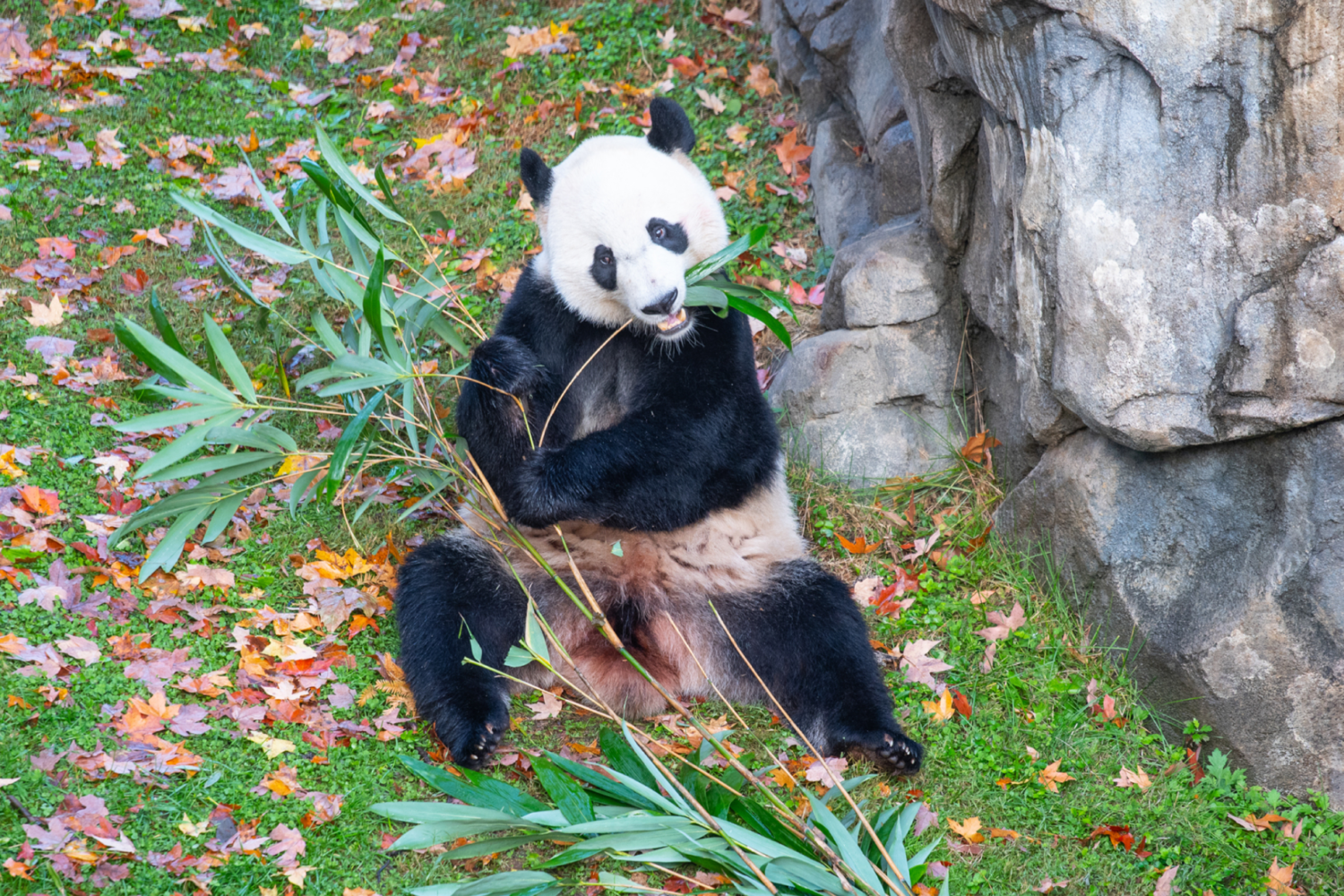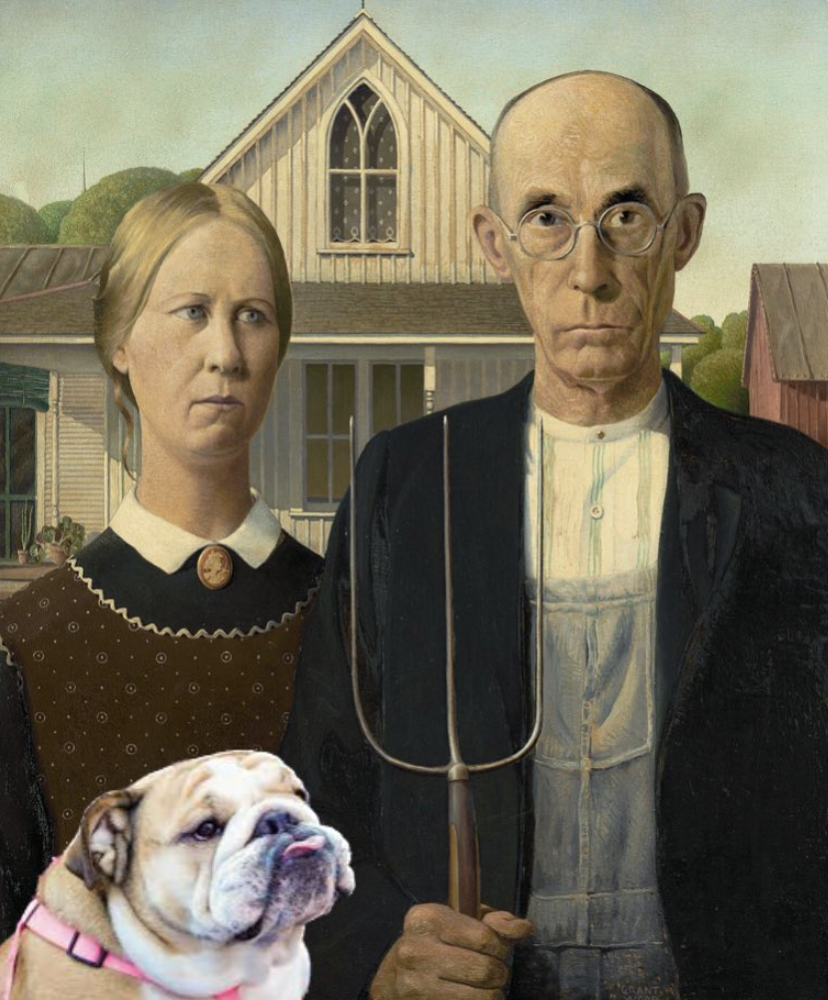DC animal lovers were hit with a triple dose of adorable this week as the National Zoo announced several new babies: two lesser kudu calves and one teensy golden-headed lion tamarin.
One kudu, two kudu! 🥳 Cheetah Conservation Station keepers welcomed two lesser kudu calves earlier this year. ♂️ Zahi was born to 1st-time mom, Gal. Jamilah was born to 4th-time mom, Rogue, & is the first female lesser kudu born at the Zoo! LEARN MORE: https://t.co/g3rcAzHx6c pic.twitter.com/HFwqY19KQX
— National Zoo (@NationalZoo) April 27, 2022
The kudu calves were born to two different mama kudus, one of which, Gal, is a first-time mom. Gal’s son Zahi (which means “splendid” in Somali) was born in February. The other mom, Rogue, is more experienced—Jamilah (meaning “beautiful” in Somali) is her fourth calf. She was born in early March and is the first female kudu to be born at the National Zoo. The calves were each about 12 pounds when they first arrived, and their animal keeper, Tallie Wiles, describes them as nearly exact replicas of their parents—only tiny.
Gal and Rogue share some parenting duties, like nursing, according to a Zoo press release, and Rogue’s youngest son, one-year-old Machi, is proving to be a patient older brother. When the weather’s good, guests can visit the calves, mothers, and Machi in their outdoor enclosure every morning.
Often, the kudu will hang out at the back of the enclosure and stay very still—as prey, it’s in their nature to try to blend in—and visitors can sometimes have a hard time spotting them. But Wiles describes Jamilah and Zahi as playful and excited about their new environment—sometimes they’ll run or jump around, especially when they see something totally new to them, like a bird or a person with an umbrella. Kudu startle easily at loud noises, “but a lot of times if you’re quiet, kudu will come up and get a little closer,” Wiles says. “They’re very relaxing and calming to see… They’re just such a beautiful, graceful species.”
The calves’ dad, Garrett, hangs out by a mesh window where he can see, hear, and smell his kiddos. Sometimes Machi hangs out with him, but he won’t share a habitat with the new calves for a while because he’s not supposed to mate with either of their moms again for now.
❤️🐵 Peek-a-Boo, there's a new face at the Zoo!
For the second time in 6 months, Small Mammal House keepers are celebrating the birth of a golden-headed lion tamarin. The baby is the third surviving offspring for parents Lola and Coco. Keepers say the curious newborn is curious! pic.twitter.com/hHULAKmy0q
— National Zoo (@NationalZoo) April 27, 2022
The golden-headed lion tamarins, on the other hand, stick together as a family from the very beginning. The new baby, born March 10, is the third surviving child born to parents Lola and Coco. “Interestingly, [the baby] is starting to jump off dad quite a bit,” Small Mammal House animal keeper Maria Montgomery says. “Just going on the branches next to the parents or next to the siblings and moving around, but it hasn’t started exploring the whole enclosure yet.” The baby is starting to check out some of the tamarins’ favorite foods, like bugs (which they’re fed every day) and fruits.
The baby’s twin siblings—born in October—are now “acting like teenagers,” while they welcome the newest addition to the family, says Montgomery. Once the new baby joined the family, the older kids had to stop hanging out on their parents’ backs. But in the last few weeks, the twins have started carrying their new sibling around, a practice that Montgomery says is a good sign for the family unit.
The whole tamarin family can be spotted in the Small Mammal House all day, and the twins are often very active inside the enclosure. If you’re lucky, you can even watch keepers work with the twins on training skills, like getting on a scale or into a secure box where they can be anesthetized for checkups.
The twins will soon be climbing into the box for a milestone vet visit—around six months, golden-headed lion tamarins become mature enough for caretakers to see what sex they are. This may determine the tamarins’ future home, since they could eventually be sent to other zoos to help bolster breeding programs for the endangered species. “Habitat loss is a big deal,” Montgomery says of the species, which only live in one region in southern Brazil. “They’re losing a lot of their home, so any support that we can give them is greatly welcomed.”
Sadly, the newest baby’s twin (golden-headed lion tamarins typically, though not always, give birth to pairs) died about a week after its birth. When caretakers found the baby on the ground one morning, separate from its mother and sibling, they knew something was wrong. They immediately reunited the baby with the family and administered treatment, but ultimately there are a lot of reasons a tiny primate may not survive. “It’s probably harder on the keepers,” Montgomery says. “Unfortunately, these things do happen. It’s not uncommon, especially early on.” Tamarins are highly social animals with big family groups, though. Montgomery says keepers don’t know if Lola is pregnant again, but it’s a possibility—so there may be more babies on the way soon.


















